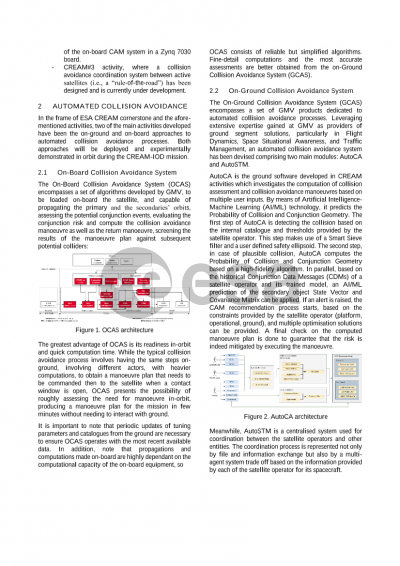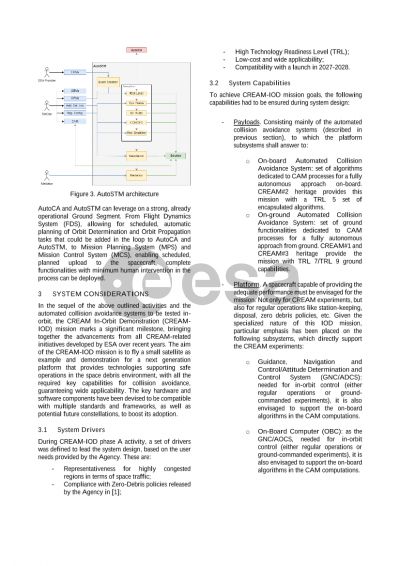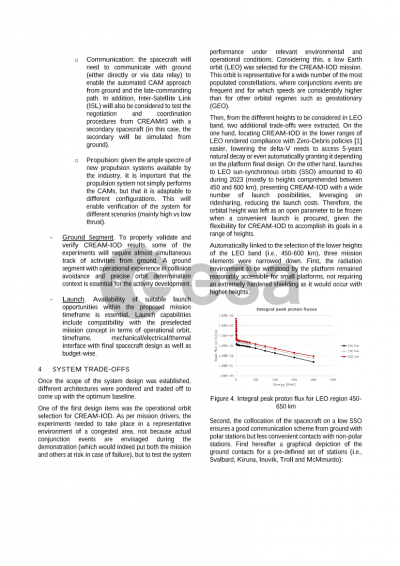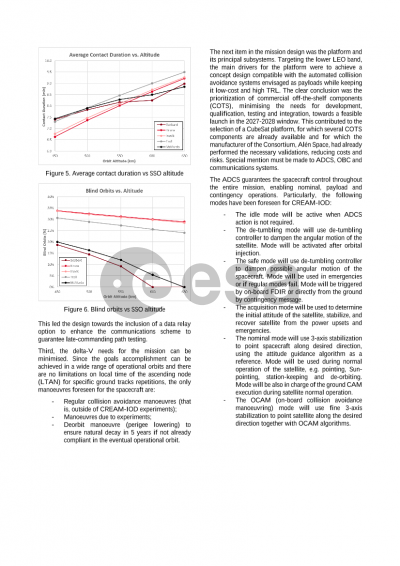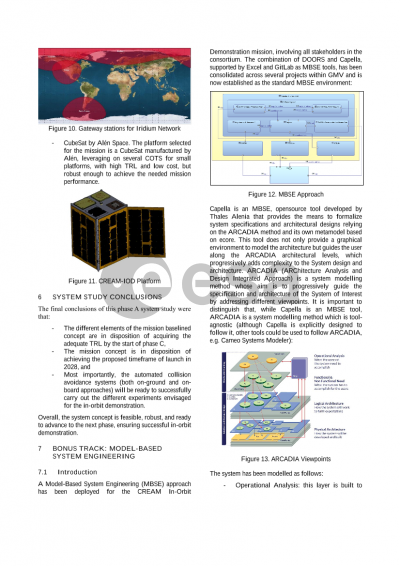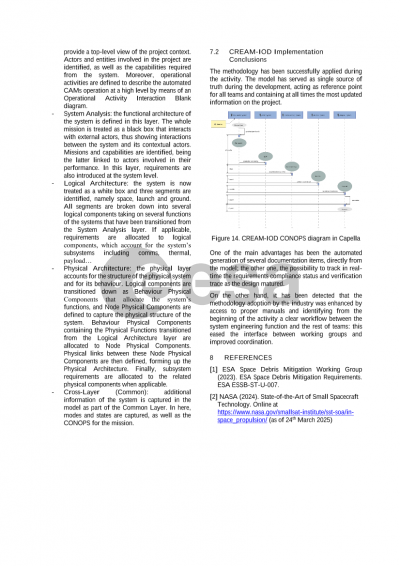Document details

Abstract
As mega-constellations with thousands of satellites emerge, alongside a rising risk of collisions with other space objects or debris, traditional ground-based methods for orbit maintenance and collision avoidance may soon become unsustainable. To address these evolving demands, new approaches and technologies are essential. The Collision Risk Estimation and Automated Mitigation (CREAM) is a set of activities within the Space Safety programme of the European Space Agency, focusing on advancing technologies for automated ground operations, on-board autonomy and coordination to support spacecraft navigation in increasingly crowded orbital environments.
In this context, GMV brings extensive experience in developing collision avoidance technologies for both ESA and private clients. GMV’s notable contributions to ESA include the development of CRASS, ESA's first operational collision avoidance tool, and leading roles in the various ESA CREAM initiatives, including:
- CREAM#1, where a standalone system has been developed focused on the ground-based automated collision risk assessment (CA) and collision avoidance manoeuvre (CAM) design algorithms and methodologies.
- CREAM#2, where some of the usual collision assessment algorithms and methodologies have been developed to increase the autonomy of the mission and perform the autonomous late commanding of the collision avoidance manoeuvre (CAM) through the implementation of the on-board CAM system in a Zynq 7030 board.
- CREAM#3 activity, where a collision avoidance coordination system between active satellites (i.e., a “rule-of-the-road”) has been designed and is currently under development.
In the sequel of the above outlined activities, the CREAM In-Orbit Demonstration (CREAM-IOD) mission marks a significant milestone, bringing together the advancements from all CREAM-related initiatives developed by ESA over recent years. The aim of the CREAM-IOD mission is to fly a small satellite as example and demonstration for a next generation platform that provides technologies supporting safe operations in the space debris environment, with all the required key capabilities for collision avoidance, and considering the applicability for small satellites as well. The key hardware and software components shall be compatible with other standards and frameworks, and potentially also future constellations.
This paper outlines the main preliminary results regarding CREAM-IOD, phase-A activity. In particular, this paper provides a high-level overview of the technical definition of the CREAM-IOD spacecraft, including the preliminary definition of concepts of operations, functional requirements, overall System design for both Ground and Space segments, and, finally, mission development plan & cost assessment. From the preliminary design and analysis already performed, the main contributions from CREAM-IOD mission, highlighted in this paper, are as follows: i) Representativeness for highly congested regions in terms of space traffic, to properly demonstrate CREAM concepts; ii) Compliance with zero debris policies recently released by the Agency; iii) High TRL components; iv) Low-cost System infrastructure and v) Compatibility with a target launch timeframe in 2027-2028.
Preliminary results illustrate how the CREAM-IOD mission allows to advance and demonstrate autonomous collision avoidance technology for safer and sustainable satellite operations in increasingly congested space environments.
Preview

